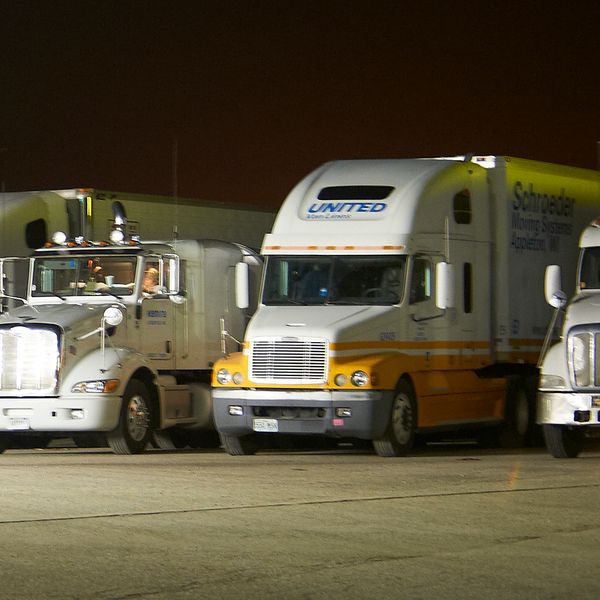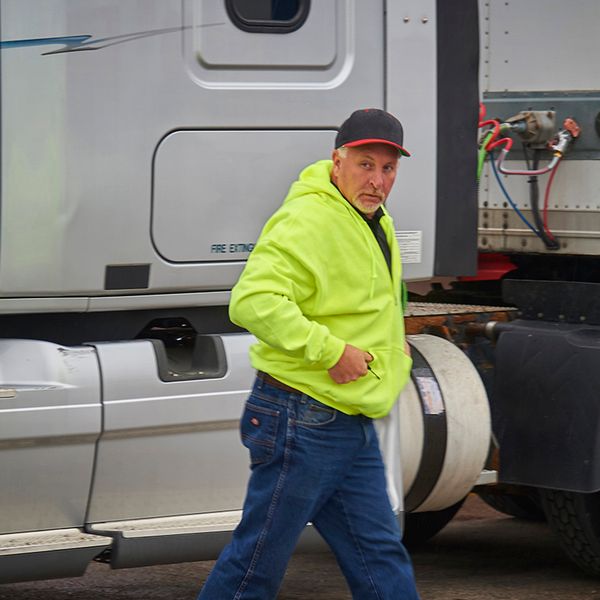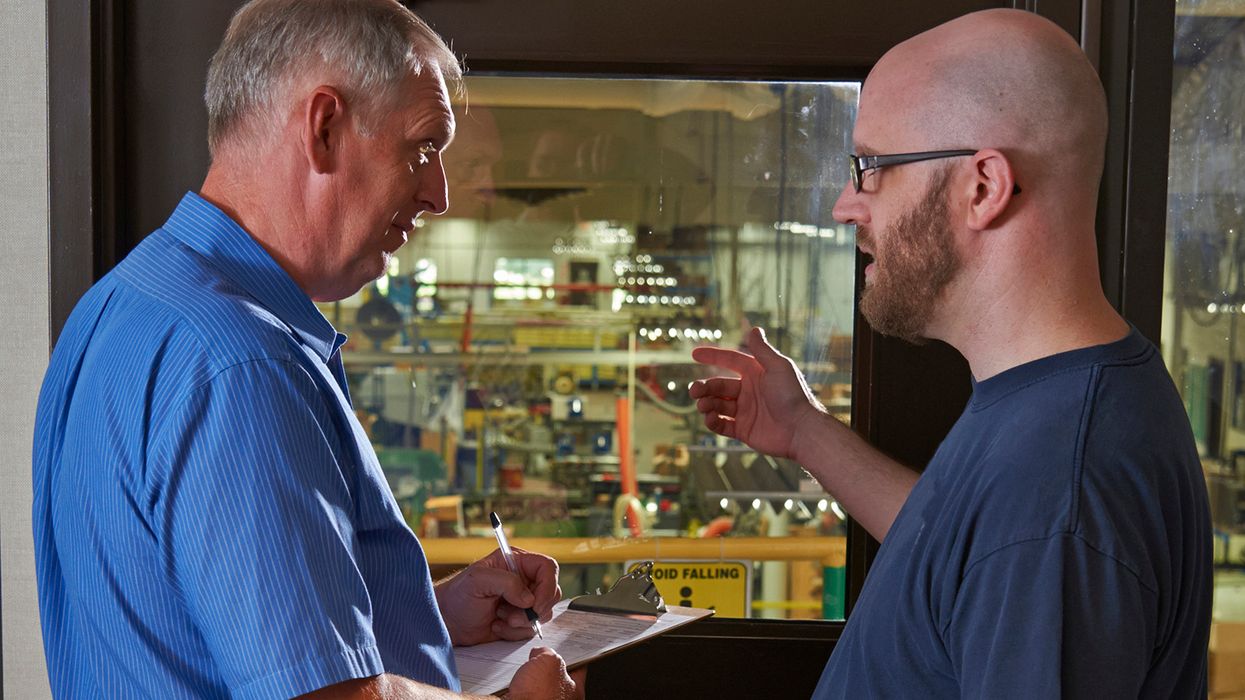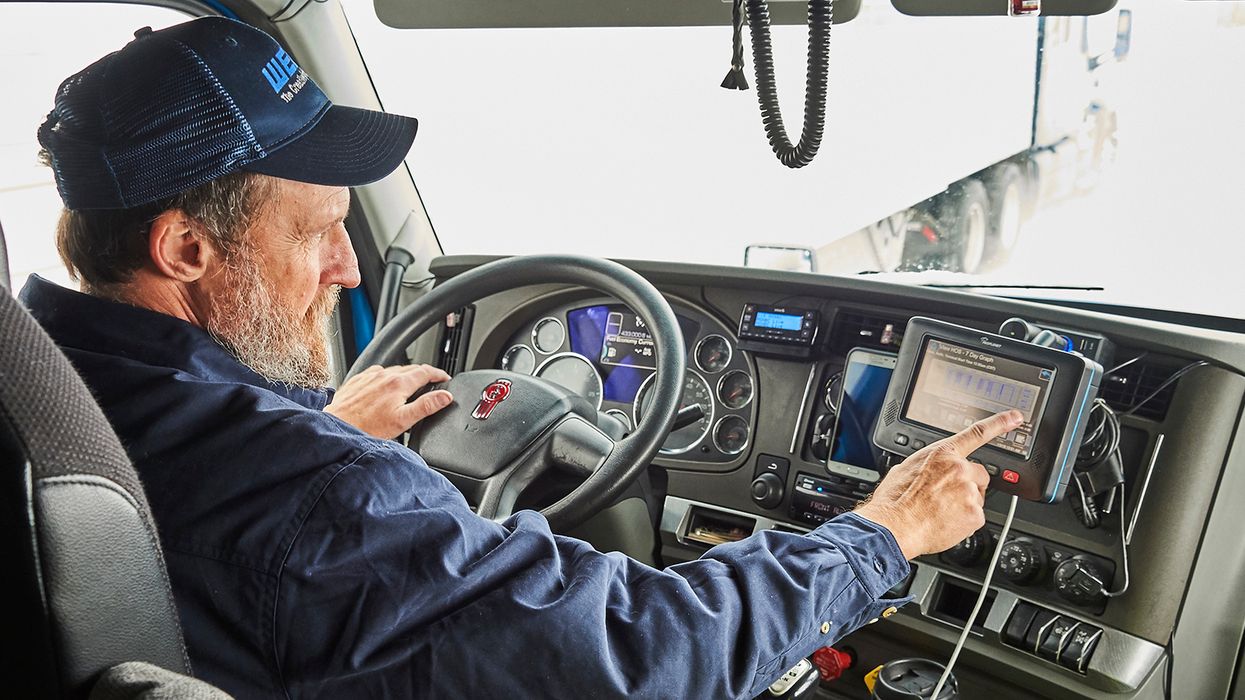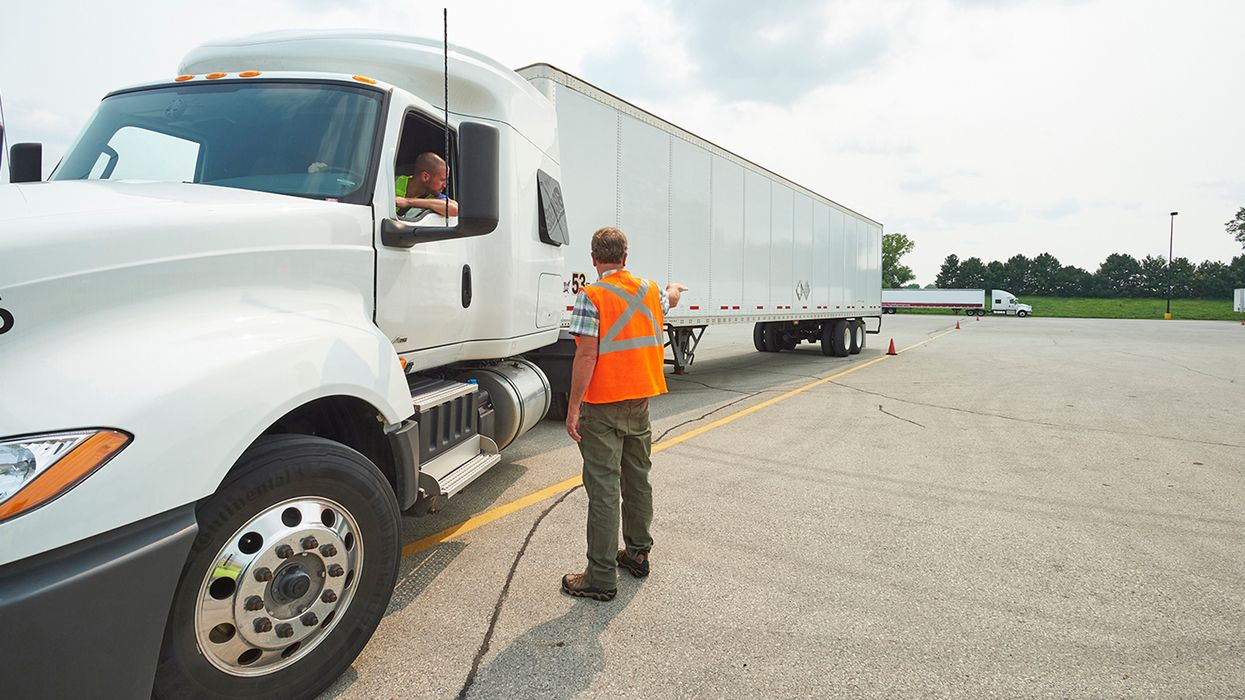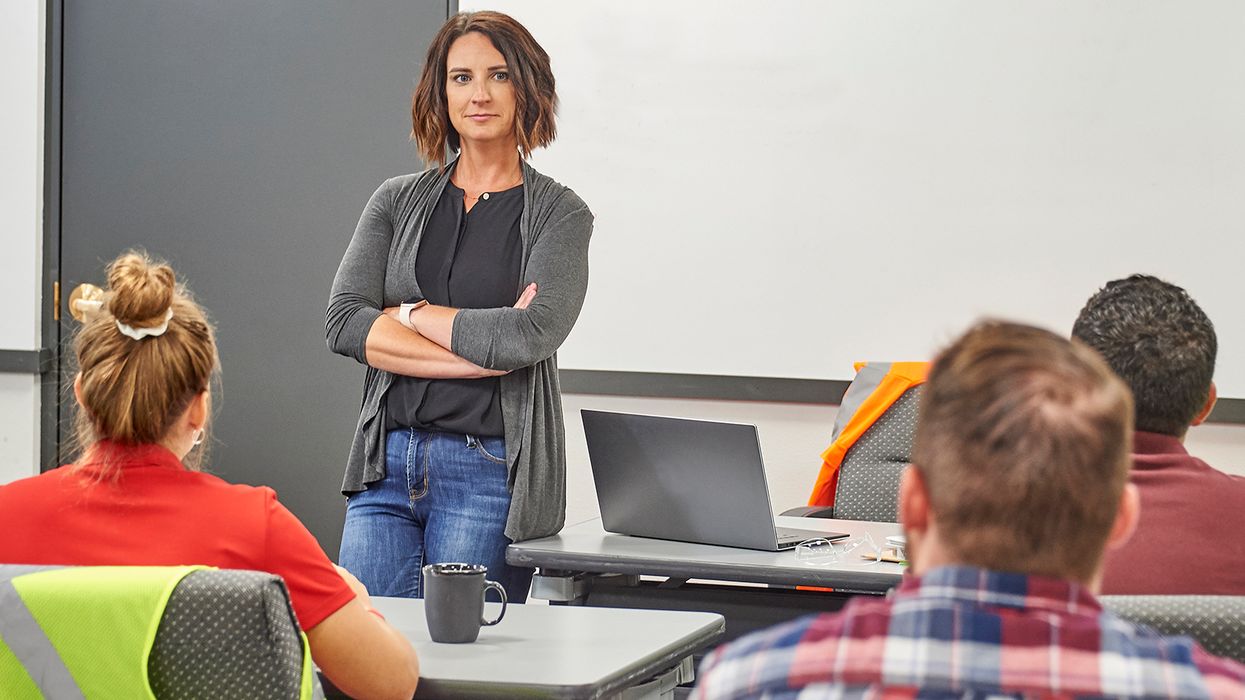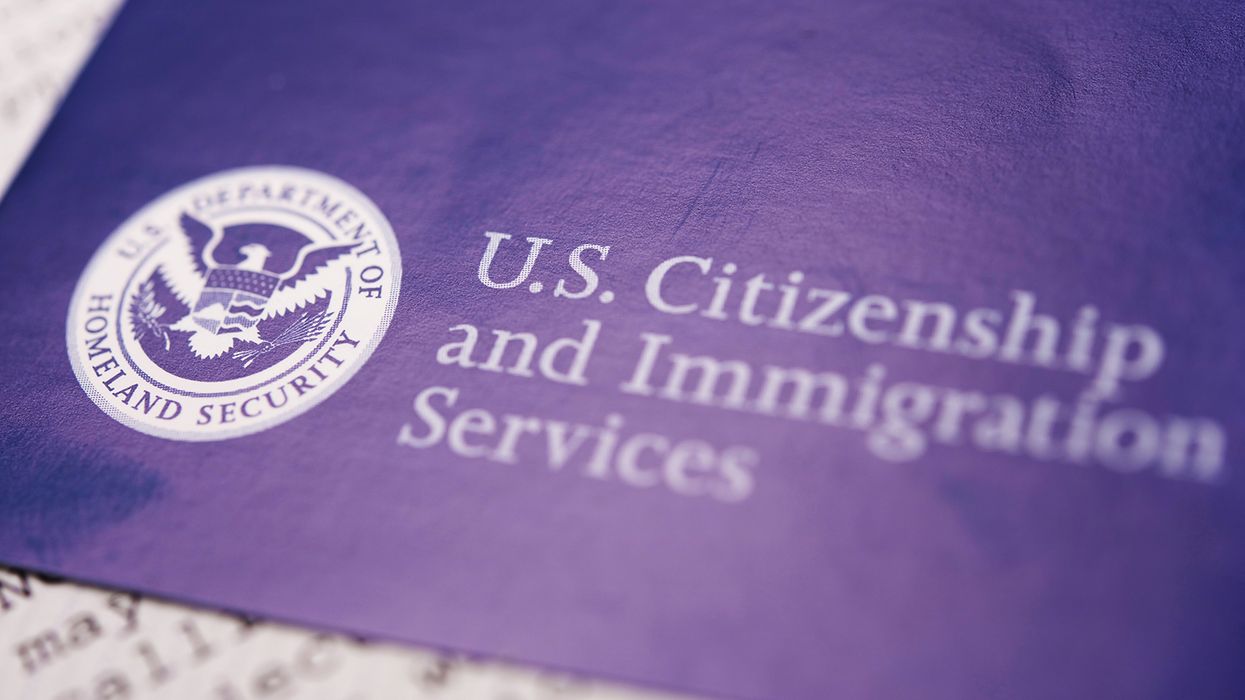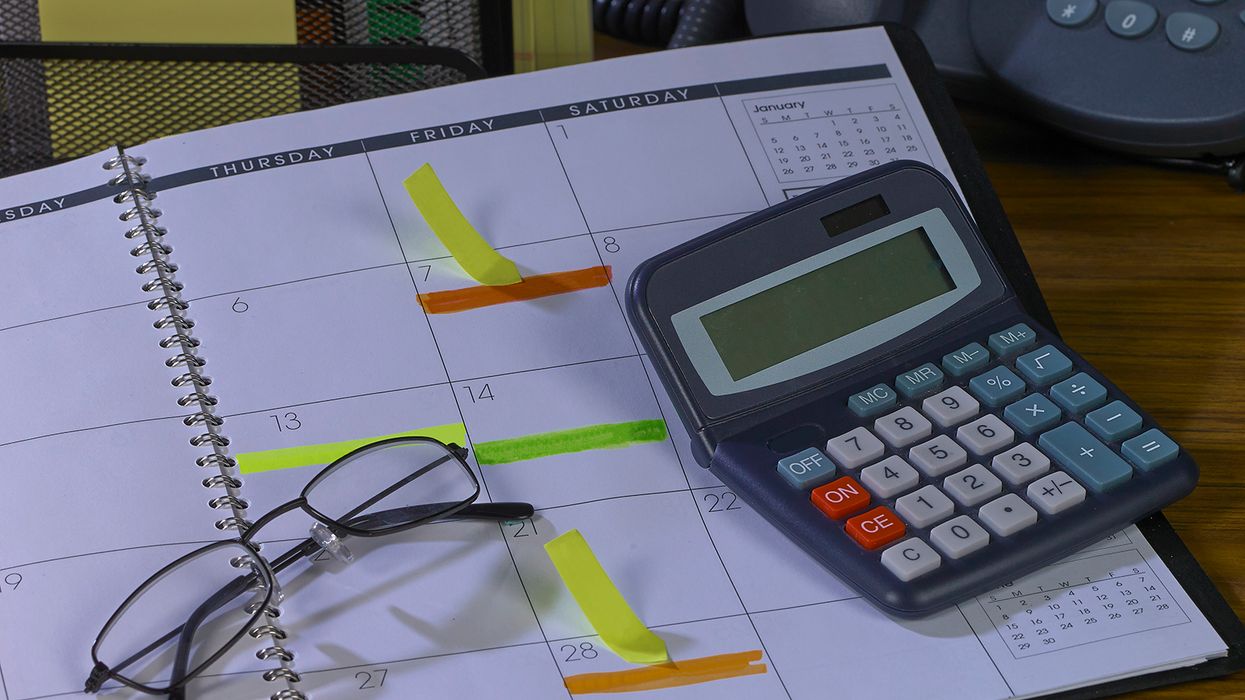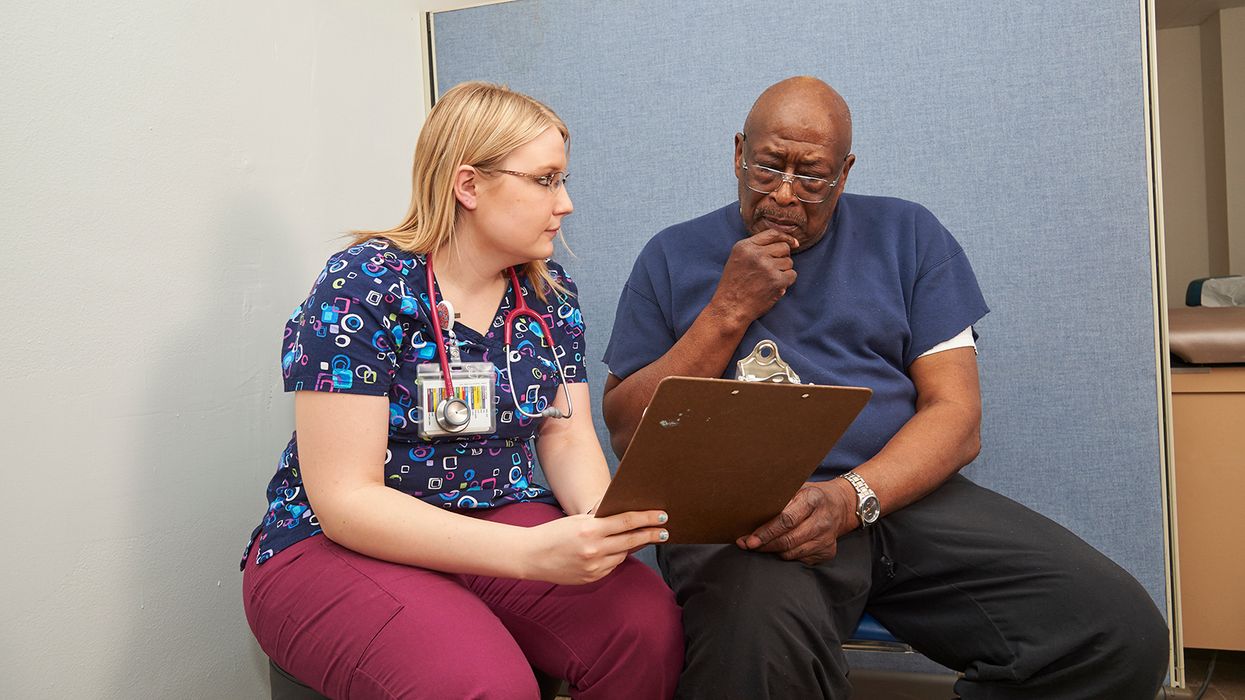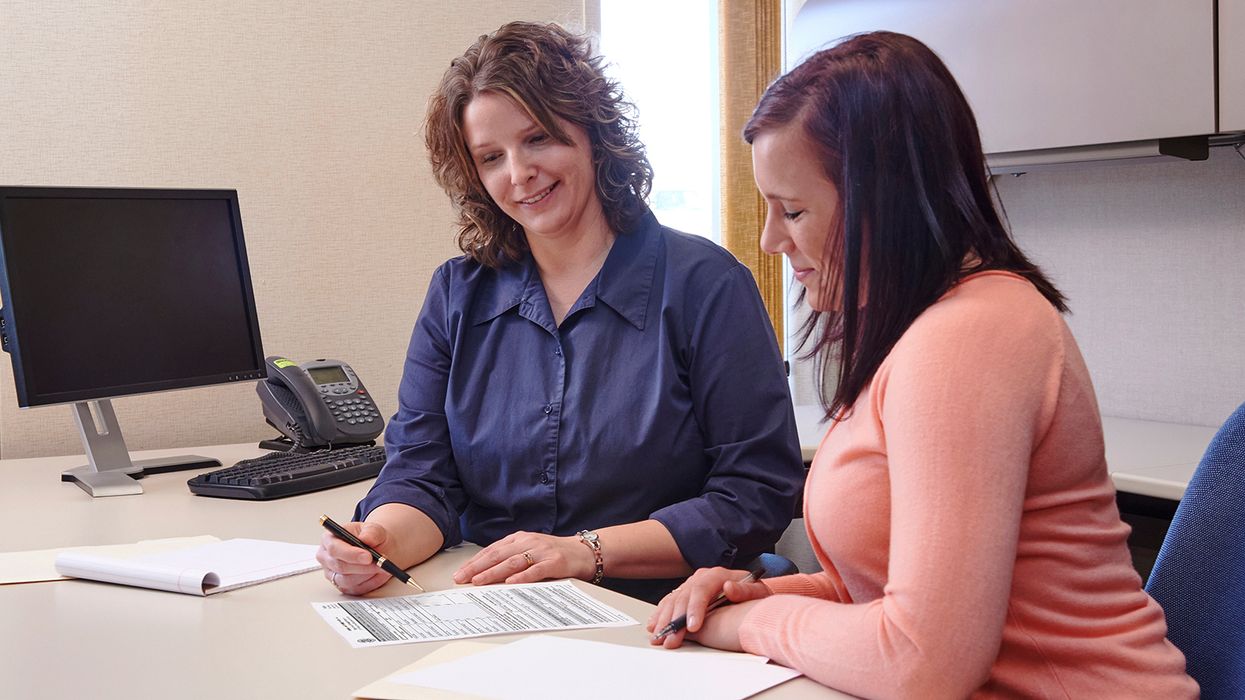Training Blueprint - Human trafficking
Understanding the issue
Human trafficking dates back to slavery and indentured servitude. The reason for its endurance is simple: it makes a lot of money for the people who engage in the exploitation of vulnerable people, many of whom are children. Traffickers of humans, unlike drug traffickers, can resell their “product” over and over again, which makes it especially lucrative. Unfortunately, human traffickers can often hide their dealings in plain sight, and victims are isolated, physically threatened, and/or psychologically manipulated, making it almost impossible for many to seek help.
Traffickers — especially sex traffickers — often move their victims around, which is why commercial drivers, who frequent highways, gas stations, and rest stops, play such an important role in putting an end to human trafficking.
Who are the victims?
What kinds of people are trafficked? Sadly, the identities of victims are as varied as the work they are trafficked to perform. Some groups are at a higher risk of being trafficked, though, including refugees, runaways, LGBTQ individuals, people with a history of addiction, and survivors of previous sexual and physical abuse. Half of trafficking victims are under the age of 18, and the average age of a child sex trafficking victim is 12 years old.
TIP: Consider showing a video about human trafficking to help drivers understand the warning signs and to humanize the victims.
Recognize the warning signs
The warning signs of human trafficking vary, but in general, victims have little control over their lives. People who are being trafficked may:
- Be malnourished,
- Show signs of physical abuse or self-harm,
- Seem fearful of others,
- Wear clothing that is unsuitable for the weather,
- Not know what city they’re in or what day it is,
- Be prevented from socializing with others, or
- Lack freedom of movement, including not having control of their own identification or travel documents.
Just because you’re told a person is okay doesn’t mean you aren’t witnessing human trafficking. Victims are often afraid of their captors and won’t ask for help, or they’ve been brainwashed into thinking that their trafficker loves them and is protecting them. Go with your gut if something seems wrong.
TIP: Some drivers may feel uneasy about reporting human trafficking in case they’re wrong. Others may not want to get involved. Assure drivers that they should call if they see any of the warning signs of trafficking, even if they aren’t sure that’s what’s happening. Also let drivers know that they can report their suspicions anonymously.
Get help for suspected victims of human trafficking
Call 9-1-1 if you see a potential victim or crime in progress, then
- Call Federal law enforcement at 866-347-2423,
- Call the National Human Trafficking Hotline at 888-373-7888, or
- Text “HELP” to 233733.
TIP: Ask drivers to program these numbers into their cell phones so they have them when they need them.
| In 2022, the Commercial Vehicle Safety Alliance (CVSA) will begin a yearly initiative to share information about human trafficking with CMV drivers, motor carriers, law enforcement, and the public. The three-day initiative is slated to take place in both the United States and Canada and will coincide with Human Trafficking Awareness Day in each country. The inaugural initiative will take place from January 11-13 in the U.S. and February 22-24 in Canada. |





